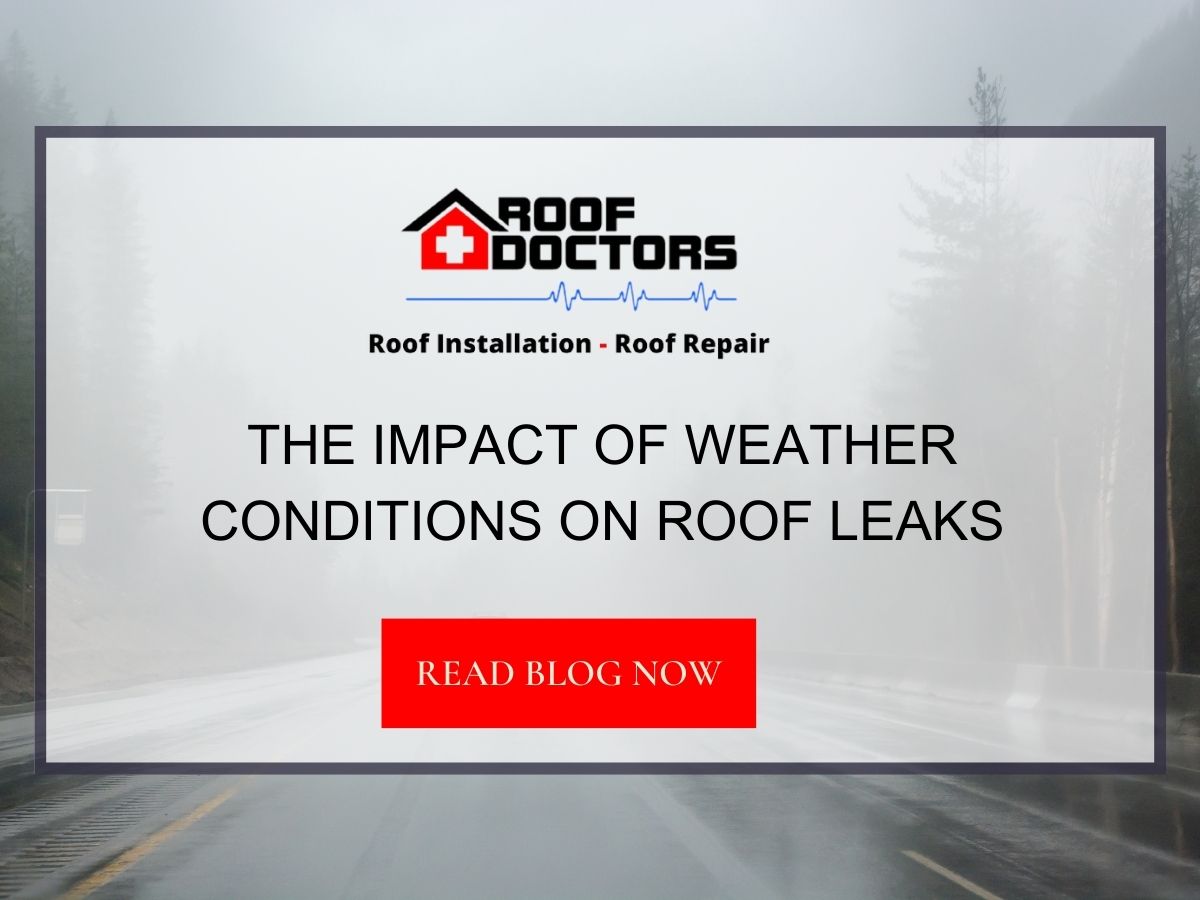Weather conditions play a significant role in the structural integrity of buildings, particularly when it comes to the vulnerability of roofs. A well-maintained and properly constructed roof is essential for protecting a building from the elements. However, extreme weather conditions can pose a threat to roofs, potentially leading to leaks and subsequent water damage.
In this article, we will explore the impact of weather conditions on roof leaks and understand the vulnerabilities that homeowners and property owners should be aware of.
1. Rainfall
Rainfall can significantly impact your roof, leading to potential leaks and other issues. Understanding the risks associated with rainfall and how it can affect the integrity of your roof is crucial to maintaining a safe and dry home.
Roof Material Degradation
Rainwater can slowly degrade roofing materials over time. This is particularly true for roofs made of wood or asphalt shingles, which can deteriorate under continuous exposure to water. As the material weakens, it becomes more susceptible to damage and leaks.
Pooling Water
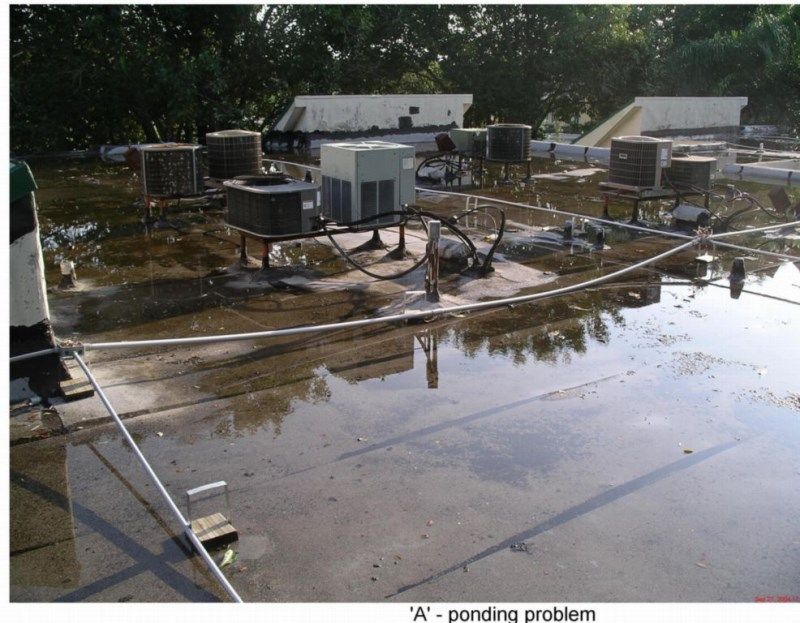
Flat roofs or those with inadequate drainage can collect water, leading to pooling or standing water. Over time, this can cause the roofing material to weaken or even collapse, leading to potential leaks.
Flashing Damage
Flashing is typically installed around roof protrusions like chimneys, skylights, and vent pipes to prevent water from seeping into the home. Heavy rainfall can cause these materials to erode or become dislodged, allowing water to seep through.
Gutter Problems
Gutters are designed to guide water off your roof and away from your home. However, if the gutters are clogged with debris or improperly installed, water can back up and seep under the roof structure, causing leaks.
Wind-Driven Rain
In stormy conditions, rain doesn’t just fall straight down; it can be driven sideways by wind. This wind-driven rain can get under the shingles or other roofing materials, leading to potential leaks.
Moss and Algae Growth
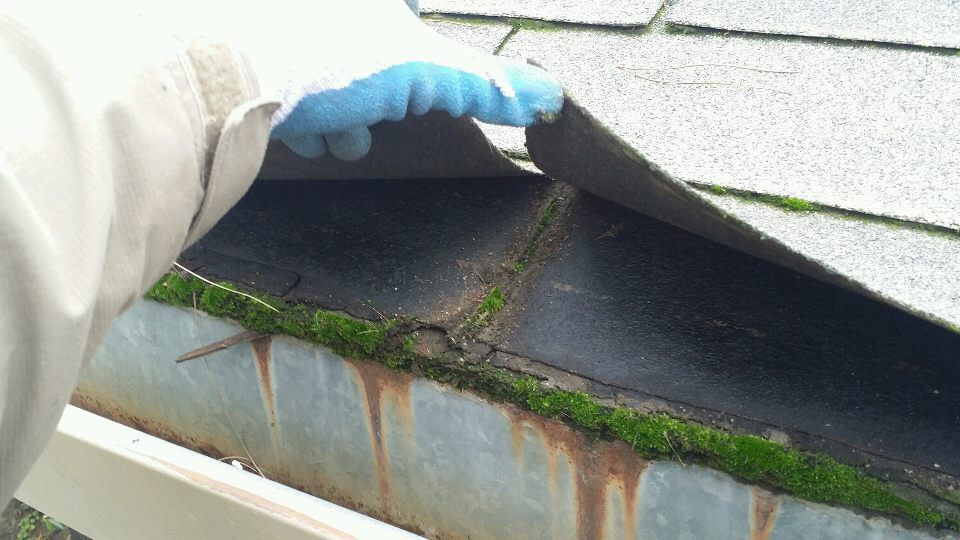
Prolonged moisture exposure can lead to moss or algae growth on your roof. These organisms can lift and displace shingles, allowing water to penetrate the roof.
Structural Damage
Over time, consistent and heavy rainfall can cause structural damage to the roof. The weight of accumulated water or damage from falling branches can lead to cracks or holes in the roof, allowing water to seep into the home.
Preventive maintenance like regular roof inspections, cleaning gutters, and fixing minor issues as they arise can help mitigate these risks. A roofing professional can help assess your roof’s condition and recommend any necessary repairs or improvements to help protect your home from potential water damage.
2. Snow and Ice
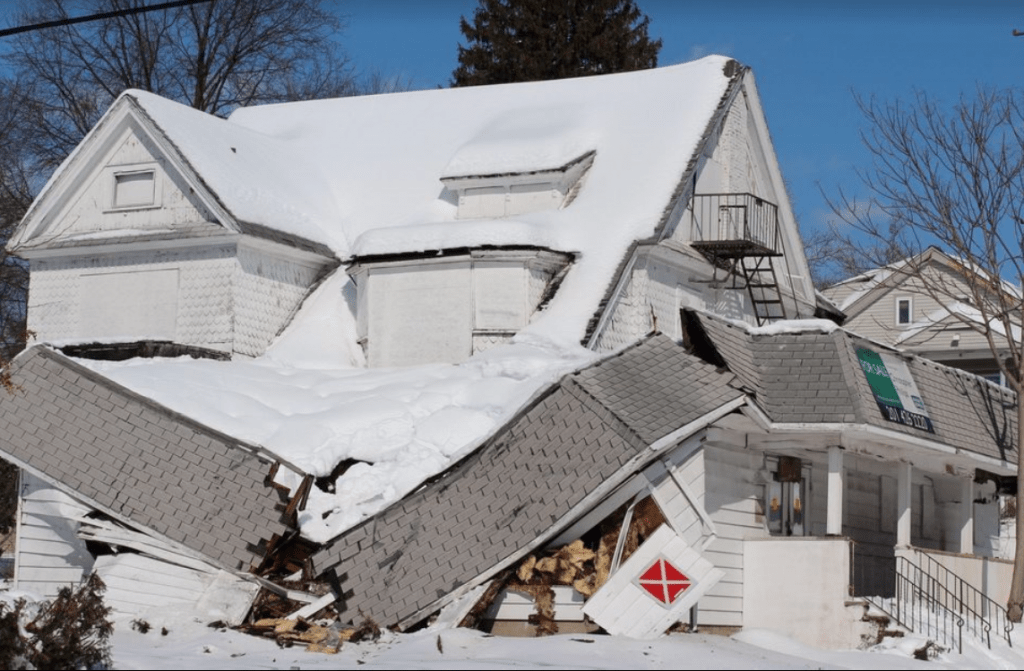
It can pose significant challenges to the integrity of your roof, leading to potential leaks and structural damage. Understanding these risks is crucial, especially for those living in colder climates.
Ice Dams
One of the primary causes of roof leaks in winter is the formation of ice dams. When the snow melts on the warmer parts of your roof and then refreezes at the edges, it foceiling leakrms an ice dam. This dam prevents meltwater from draining off the roof, forcing it to back up under the shingles and potentially seep into the house.
Freeze-Thaw Cycle
The freeze-thaw cycle can also cause damage to your roof. Water can seep into small cracks in your roof as the temperature fluctuates. When the temperature drops, this water freezes and expands, making the cracks larger and more susceptible to leaks.
Weight of Snow and Ice,
The weight of heavy snow and ice can cause significant stress on your roof. This is especially a concern for flat or low-slope roofs, where snow and ice are less likely to slide off. If the weight exceeds the roof’s load-bearing capacity, it could lead to structural damage and leaks.
Icicles
Icicles hanging from your roof might look picturesque but could indicate a serious problem. Like ice dams, icicles can form when the snow melts and refreezes at the roof’s edge. Not only can they lead to leaks, but they can also cause damage if they fall.
Condensation
In colder weather, warm air from your house can rise and meet the cold surface of your roof, leading to condensation. If your attic is not properly ventilated and insulated, this condensation can accumulate and eventually cause water damage and mold.
Flashing Damage
The freeze-thaw cycle can also damage the roof’s flashing, which is used to seal and protect the areas around chimneys, vents, and other roof projections. Damaged flashing can allow water to seep into your home.
Removing excess snow promptly, ensuring proper attic insulation and ventilation, and repairing any damage can protect your roof from leaks and other issues caused by snow and ice.
Model: Leaking roof damaged by weather elements
3. Hailstorms
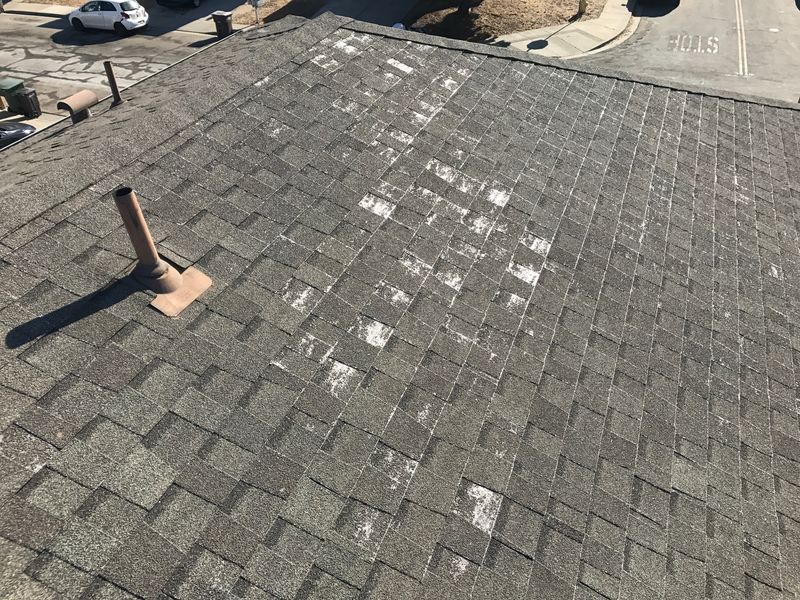
Hailstorms can wreak havoc on your roof, often leading to leaks and other serious damage. The severity of the damage can vary greatly depending on the size of the hail, the wind speed and direction, and the type and age of the roofing materials.
Here’s how hailstorms can impact your roof:
Physical Damage
Hail can cause immediate physical damage to the roof. The force of the hailstones can break, split, or dislodge shingles or other roofing materials, leaving the roof vulnerable to leaks.
Granule Loss
Asphalt shingles are coated with granules that protect the underlying asphalt from UV radiation and physical damage. Hail can knock these granules off the shingles, reducing their lifespan and leaving them susceptible to further weather damage.
Cracking and Bruising
Hail can cause cracking or bruising in shingles. While these might not cause immediate leaks, they can weaken the shingles, making them more likely to leak in the future.
Flashing Damage
Hail can also damage the metal flashing around chimneys, vents, and other roof protrusions. Damaged flashing can let water seep into the roof, leading to leaks.
Structural Damage
In extreme cases, large hail can cause structural damage to the roof decking or underlying support structure. This can lead to leaks and requires immediate attention.
Gutter Damage
Hail can dent and damage gutters, affecting their ability to channel water away from your home properly. This can lead to water accumulation on your roof, increasing the risk of leaks.
Wind Damage
Hailstorms often come with high winds, exacerbating roof damage. Wind can lift and remove already damaged shingles, further exposing your roof to water damage.
After a hailstorm, it’s important to inspect your roof for damage. Small cracks and missing granules may not cause immediate problems but can lead to leaks over time.
4. High Winds
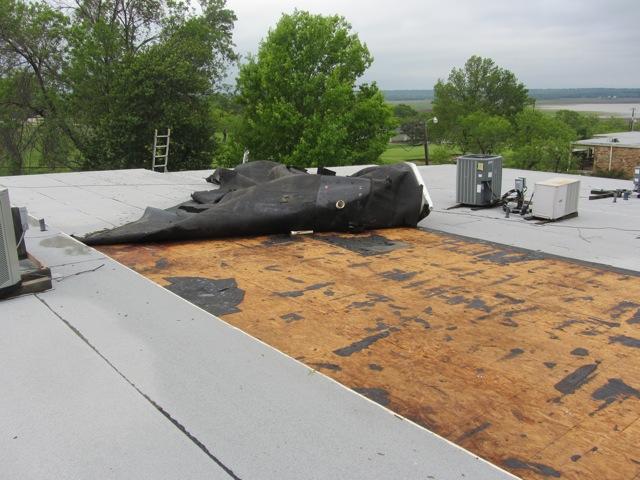
High winds can cause significant damage to your roof, often leading to leaks and other structural issues. The impact can range from minor shingle damage to major structural failure, depending on the severity of the winds and the roof’s condition.
Here’s how high winds can affect your roof:
Shingle Damage
High winds can lift, tear, or completely rip off shingles from the roof. When shingles are removed, the underlying roofing materials become exposed, increasing the risk of leaks.
Debris Impact
Wind can carry debris like tree branches and other loose materials, which can strike the roof and cause damage. This impact can lead to punctures, cracks, or dents that can allow water to infiltrate the roof.
Flashing Damage
The wind can also damage the flashing around vents, chimneys, and skylights, creating potential pathways for water to enter your home.
Gutter Damage
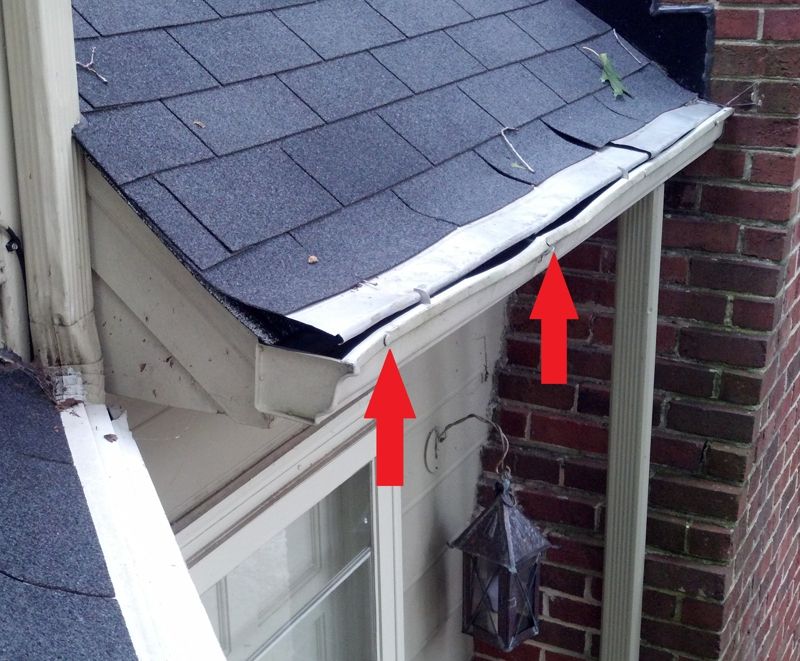
High winds can damage or tear off gutters and downspouts. Without functioning gutters, rainwater isn’t directed away from your home, which can lead to water accumulation and leaks.
Wind-Driven Rain
High winds can drive rain sideways or upwards, getting it underneath shingles or other roofing materials, leading to potential leaks.
Structural Damage
In extreme cases, high winds can cause significant structural damage. The roof deck or support structure may fail, leading to serious leaks and requiring immediate repair or replacement.
Loose or missing shingles, damaged flashing, and other signs of damage should be repaired promptly to prevent leaks. Regular maintenance can also help keep your roof in good condition and more resistant to wind damage.
5. Extreme Heat and UV Exposure
Extreme heat and prolonged exposure to ultraviolet (UV) rays can also harm your roof, potentially leading to leaks and other structural issues. Here’s how these conditions can impact your roof:
Material Deterioration
Prolonged exposure to high temperatures and UV radiation can cause roofing materials to deteriorate over time. For instance, asphalt shingles can become brittle and crack, wood shingles can warp and split, and metal roofs can expand and contract, leading to loose seams or fasteners. This deterioration can make the roof more susceptible to leaks.
Thermal Shock
Roofs can undergo thermal shock due to the rapid temperature changes between day and night, particularly in areas with high daytime temperatures and cool nights. This rapid expansion and contraction can stress the material, leading to cracks, splits, or buckling, which can allow water to penetrate the roof.
Shingle Granule Loss
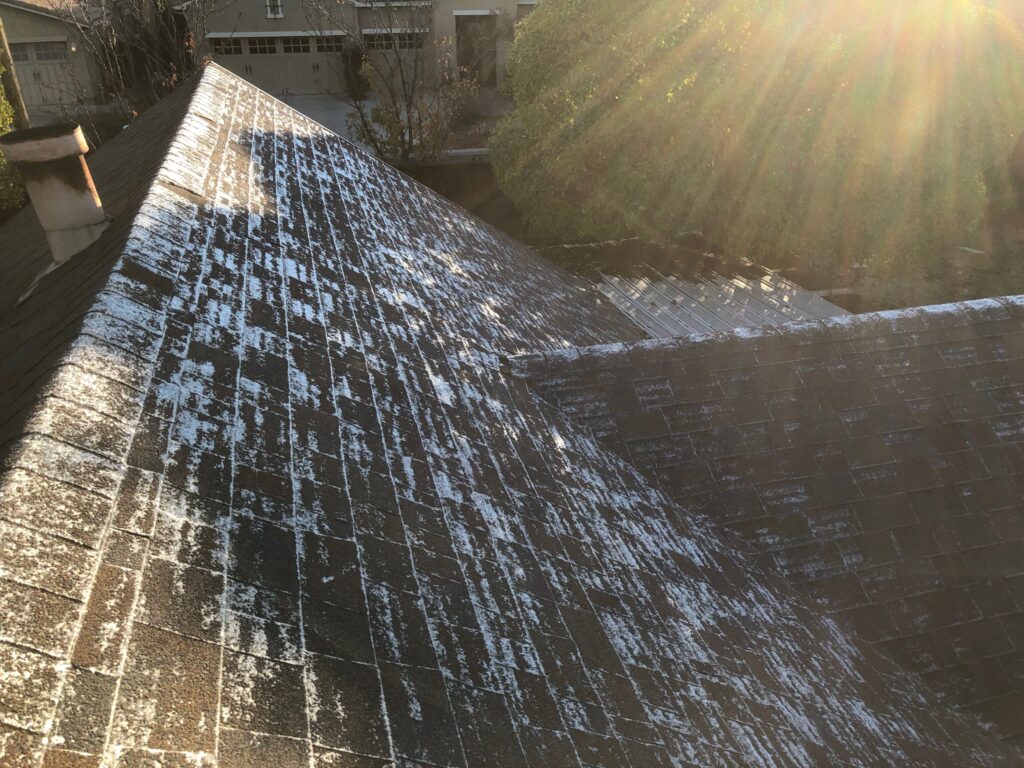
Asphalt shingles are coated with granules to protect against UV radiation. Extreme heat and sunlight can cause these granules to loosen and fall off, reducing the shingles’ UV protection and leaving the underlying material vulnerable to further damage and potential leaks.
Sealant Breakdown
Heat and UV radiation can also cause the sealant used around roof penetrations (like vents and chimneys) and in the seams of metal roofing to degrade or crack. This can create pathways for water to enter the roof structure.
Accelerated Aging
In general, heat and UV exposure can speed up the aging process of most roofing materials, reducing their lifespan and effectiveness. This accelerated aging can make the roof more susceptible to leaks and other types of damage.
Increased Condensation
High temperatures can increase condensation levels, particularly if the attic space is not adequately ventilated. This condensation can lead to moisture buildup, which can eventually cause water damage and leaks.
Regular inspections and maintenance are crucial to protect your roof from extreme heat and UV damage. This can include replacing damaged or worn shingles, ensuring proper attic ventilation to reduce heat buildup, and applying UV-protective coatings if appropriate.
Takeaways
The impact of weather conditions on roof leaks is undeniable. Rainfall, snow, hail, high winds, extreme heat, and UV exposure pose significant risks to the structural integrity of roofs. Understanding these vulnerabilities is crucial for homeowners and property owners to take preventive measures, perform regular roof inspections, and address any issues promptly.
Engaging professional roofing services can help ensure that roofs are properly maintained, reducing the chances of leaks and subsequent water damage. By safeguarding our roofs against adverse weather conditions, we can protect our homes and buildings from roof leaks’ costly and disruptive effects.

